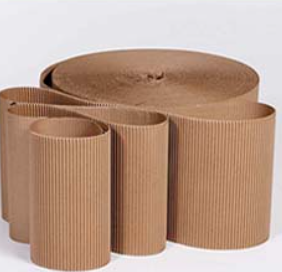Starch for paper and packaging plays a pivotal role in the industry, serving as a multifunctional agent that enhances product quality, durability, and performance. Derived from renewable sources like maize, wheat, and potatoes, starch is integral in various stages of paper production and packaging processes, making it a sustainable and efficient solution for manufacturers.
Strength Enhancement
In paper manufacturing, starch is utilized as a binder, improving the internal strength of paper sheets. It enhances the bonding between cellulose fibers, increasing tensile strength and tear resistance. This is particularly crucial for producing lightweight yet durable papers used in packaging materials.
Surface Sizing and Printability
Starch is applied as a surface sizing agent to control ink absorption, preventing bleeding and ensuring sharp print images. It contributes to a smooth surface finish, enhancing the printability and aesthetic appeal of paper products. This is essential for producing high-quality printed materials such as brochures, labels, and packaging.
Moisture Resistance
Starch-treated papers exhibit controlled moisture absorption properties, preventing warping or curling. This moisture resistance is vital for maintaining the integrity of paper products during storage and transportation, especially in humid environments.
Eco-Friendly Adhesive in Packaging
In the packaging industry, starch-based adhesives are widely used for bonding corrugated boards, cartons, and paper bags. These adhesives offer strong bonding strength, stability under varying temperatures, and biodegradability, aligning with sustainability goals and reducing environmental impact.
Conclusion
Starch is indispensable in the paper and packaging industries, offering cost-effective, sustainable, and performance-enhancing solutions. Its versatility in improving strength, printability, moisture resistance, and serving as an eco-friendly adhesive underscores its significance in modern manufacturing processes.


